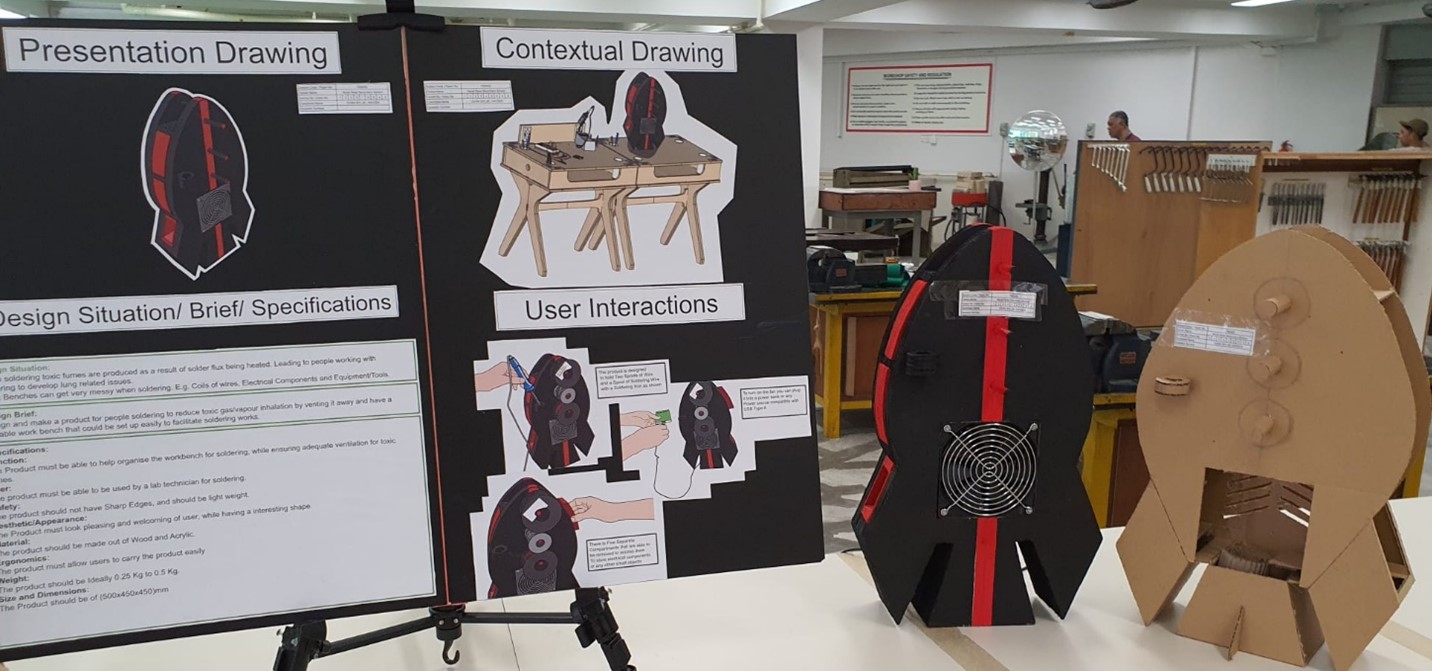Design & Technology
Department Vision
At the Design and Technology (D&T) Unit, we empower our learners to be self-directed through experiential learning and innovative teaching. We develop knowledge, skills, and values across three key domains: design appreciation, designing, and making. This enables our students to create solutions that cater to the needs of identified users, ultimately improving lives.
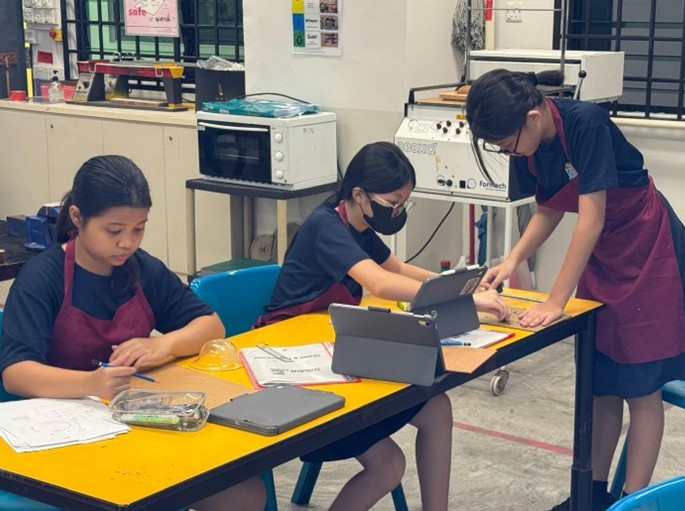
|

|
|---|
Curriculum, Pedagogy & Assessment
Design & Technology (D&T) education focuses on building thinking skills that are specific to design. Apart from learning facts or solving problems, D&T helps students develop a way of thinking that allows them to imagine and create design solutions for real-world situations.
In D&T, students mainly learn by working on design-and-make projects. They follow a design process that includes identifying needs based on real-life experiences, coming up with and improving ideas, and creating the final product. They also conduct research when needed to support their work.
Focus Areas:
-
Thinking through sketching to generate and develop design solutions
-
Exploration and experimentation of ideas through mock-ups, allowing students to fail early in the process of seeking a practical and appropriate design solution for the user
-
Making of prototypes as a cognitive and hands-on endeavour
Design Dispositions:
-
Embracing uncertainties and complexities
-
Being cognisant of and resolving real-world, ill-defined problems
-
Relentless drive to seek out how things work
-
Use of doodling and sketching, and 3D manipulation of resistant materials as a language for visualisation, communication, and presentation
D&T Syllabus:
D&T is offered at both lower and upper secondary levels. While the lower secondary curriculum is compulsory, the upper secondary curriculum is offered as an elective suitable for students with the talent and interest to pursue a design-and-technology-related field of study or work after secondary school.
Both the lower and upper secondary syllabi comprise three parts: Design Project, Presentation, and a written examination. One important component of the Design Project is the Design Journal — a detailed documentation of the design process.
Lower Secondary Projects:
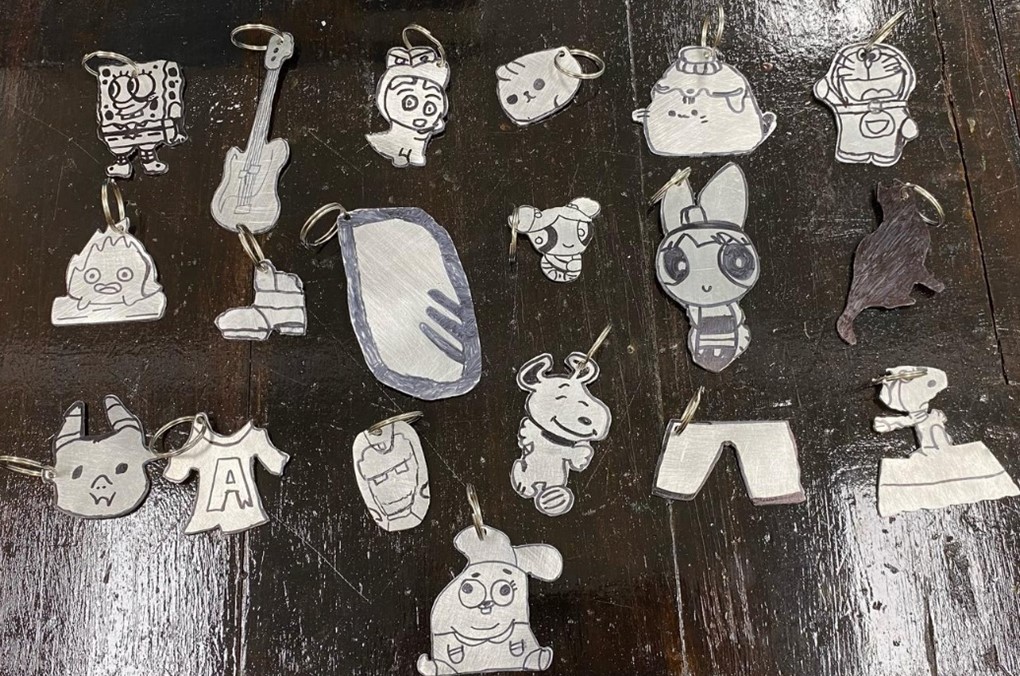
|
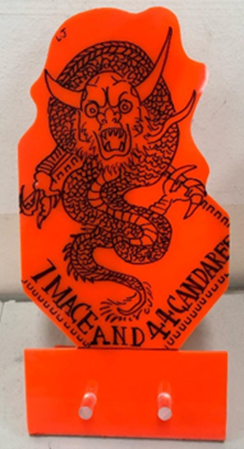
|
|---|---|
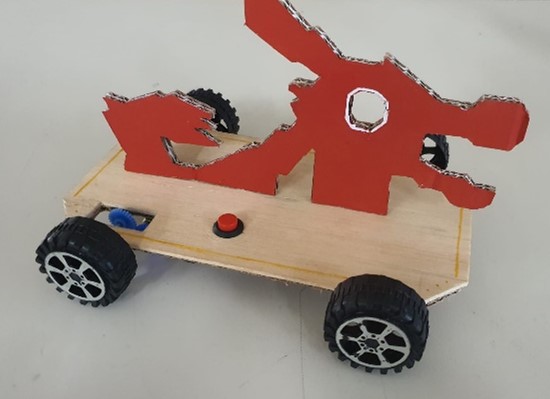
|
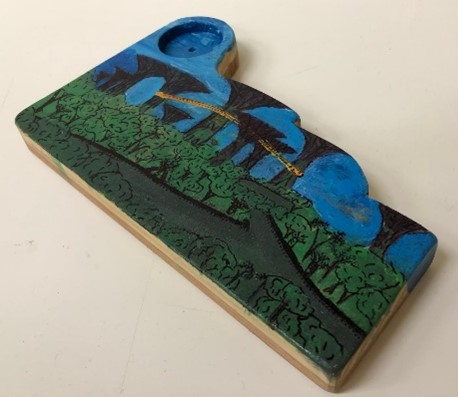
|

|
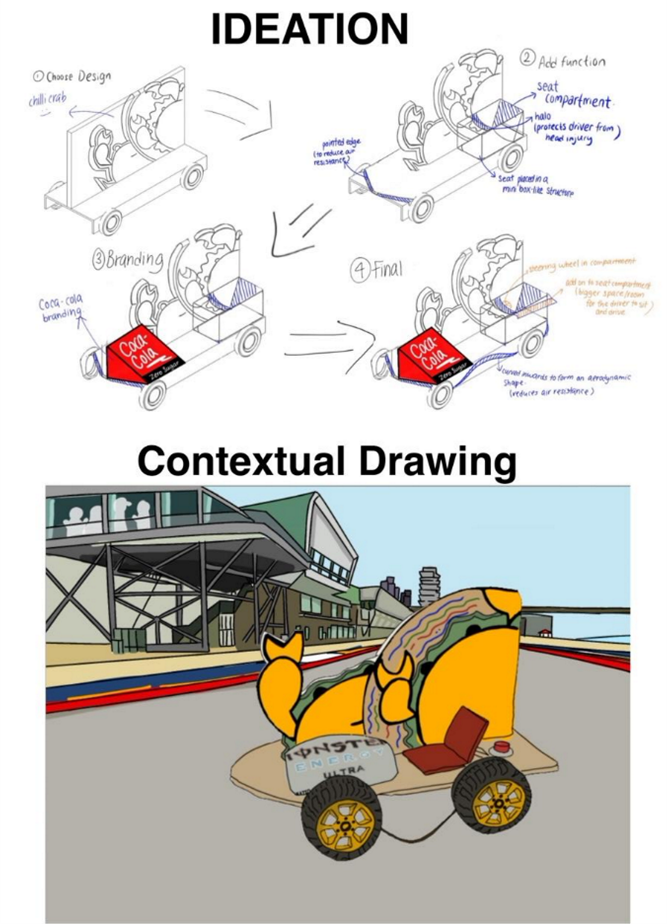
|
|---|---|
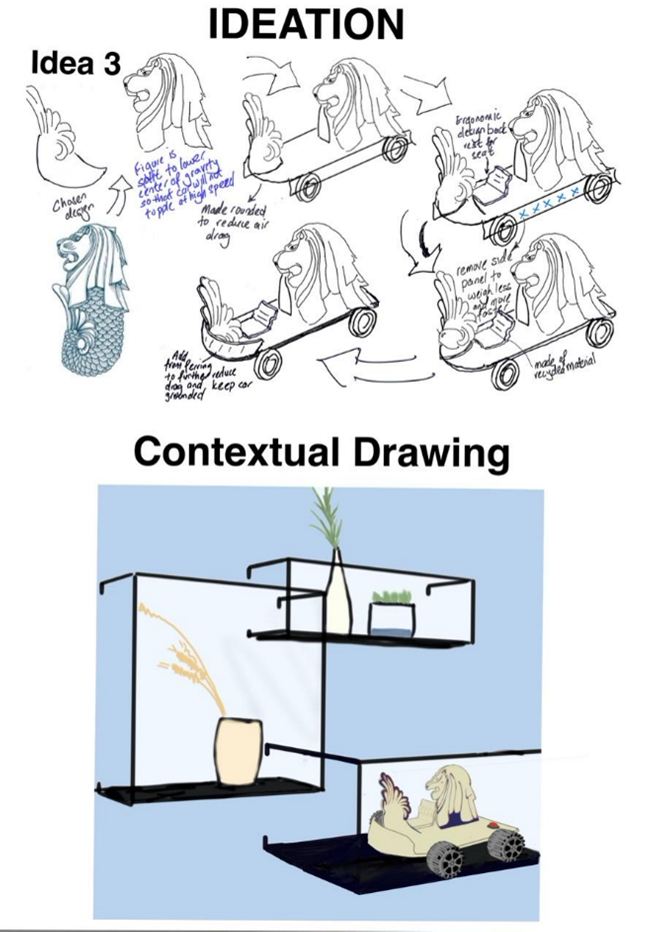
|
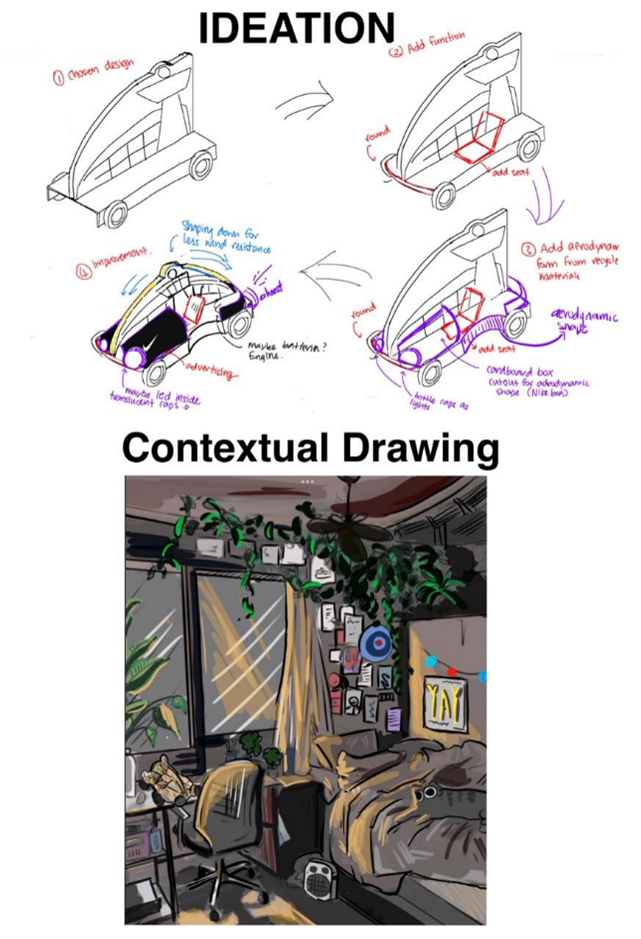
|
Upper Secondary Projects:
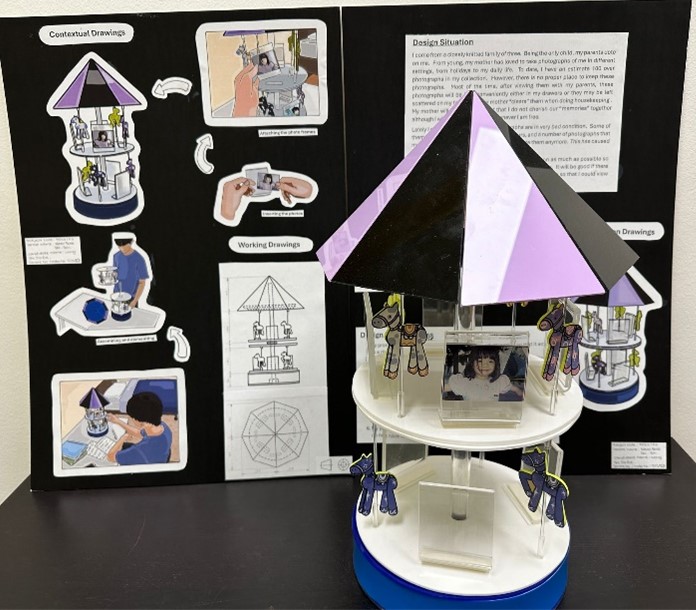
|
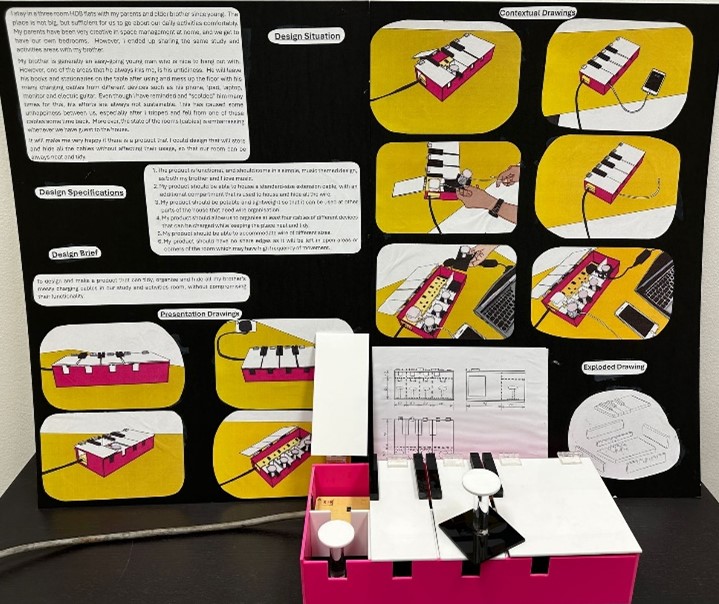
|
|---|
